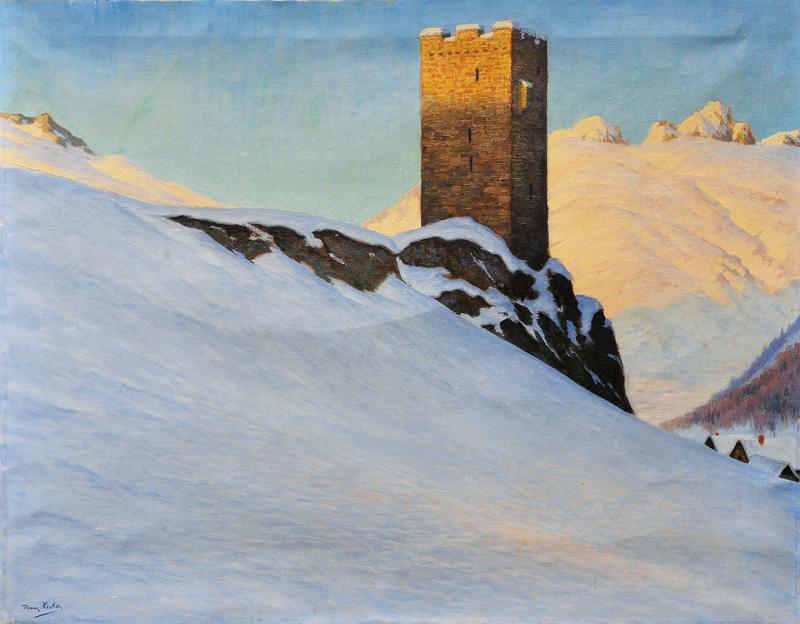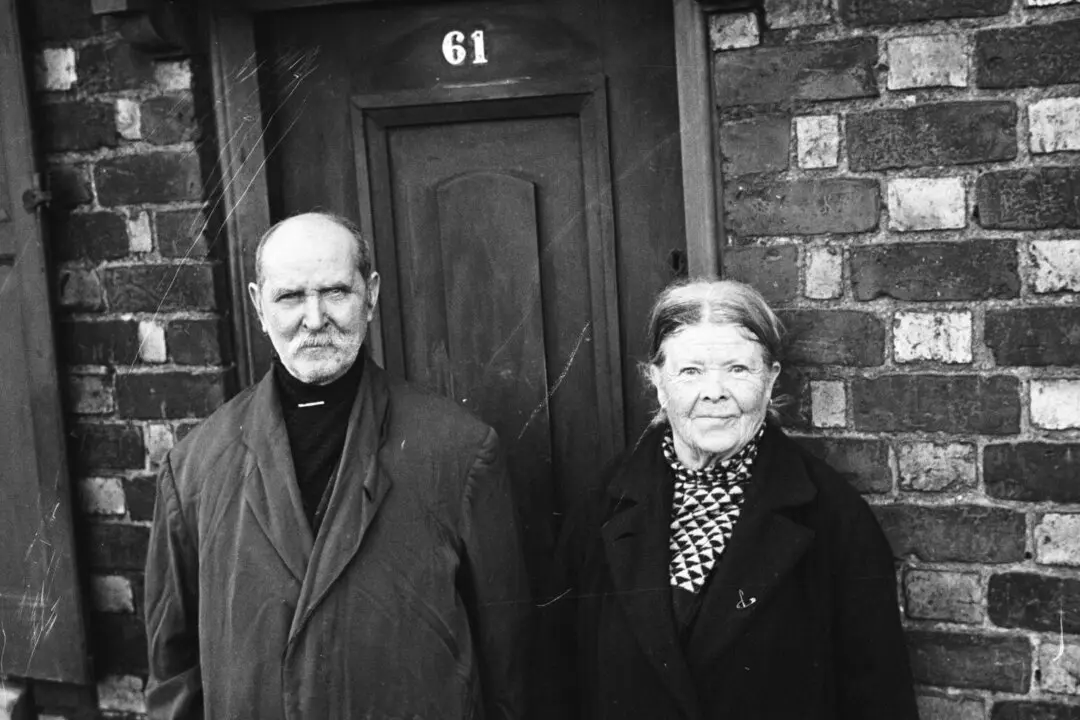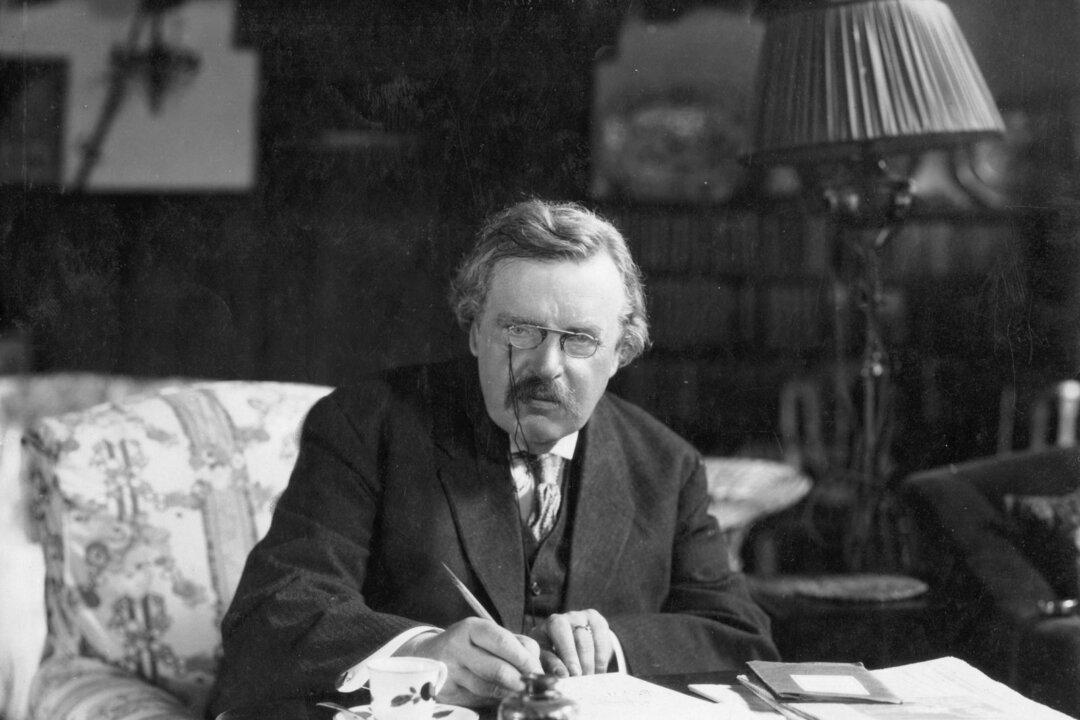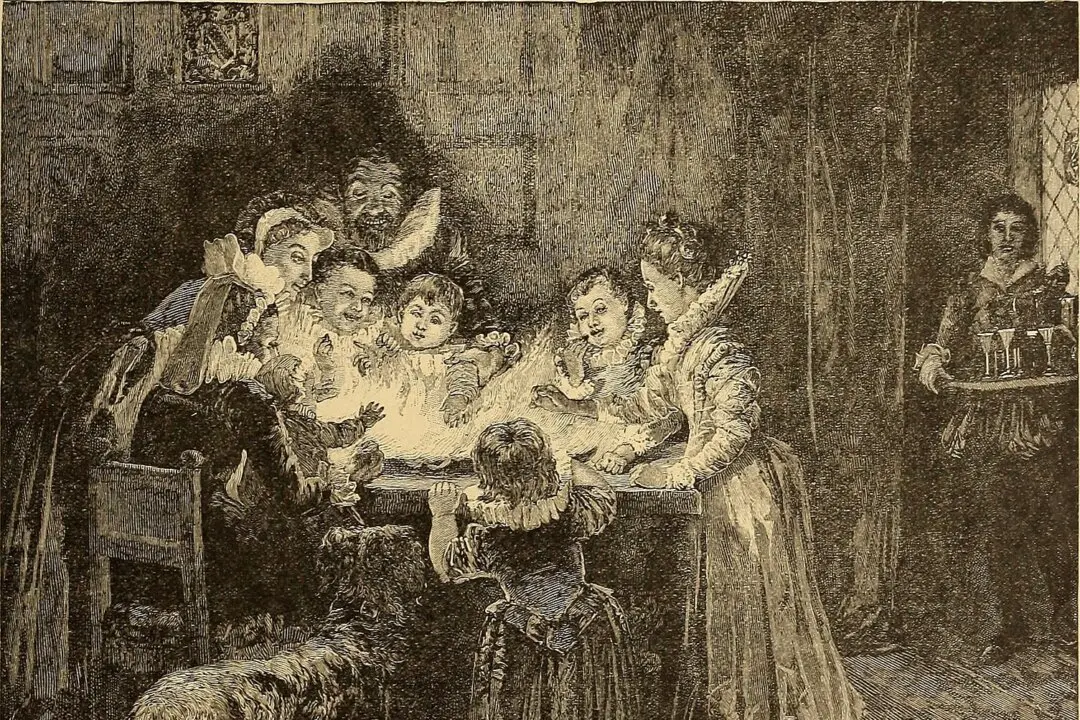In many poems, such as Thomas Hardy’s “The Darkling Thrush,” winter imagery is a symbol of gloom, depression, and barrenness. But this isn’t always the case. Emily Brontë’s “To a Wreath of Snow” takes a different approach. In a deft reversal of expectations, Brontë turns the chilly image of snow into a symbol of hope and the liberating aspirations of the soul.
In December 1837, Emily Brontë had need of hope. Her younger sister, Anne, had fallen deathly ill, and Emily—only 19 years old at the time—found an outlet for her anxiety and grief in this poem, which references an imaginary kingdom that she and her sister shared in childhood. The poem allowed Emily to connect with her suffering sister since it was an expression of a secret world that they once shared together. It also plays with themes of confinement and freedom, death and hope, nature and the individual.






